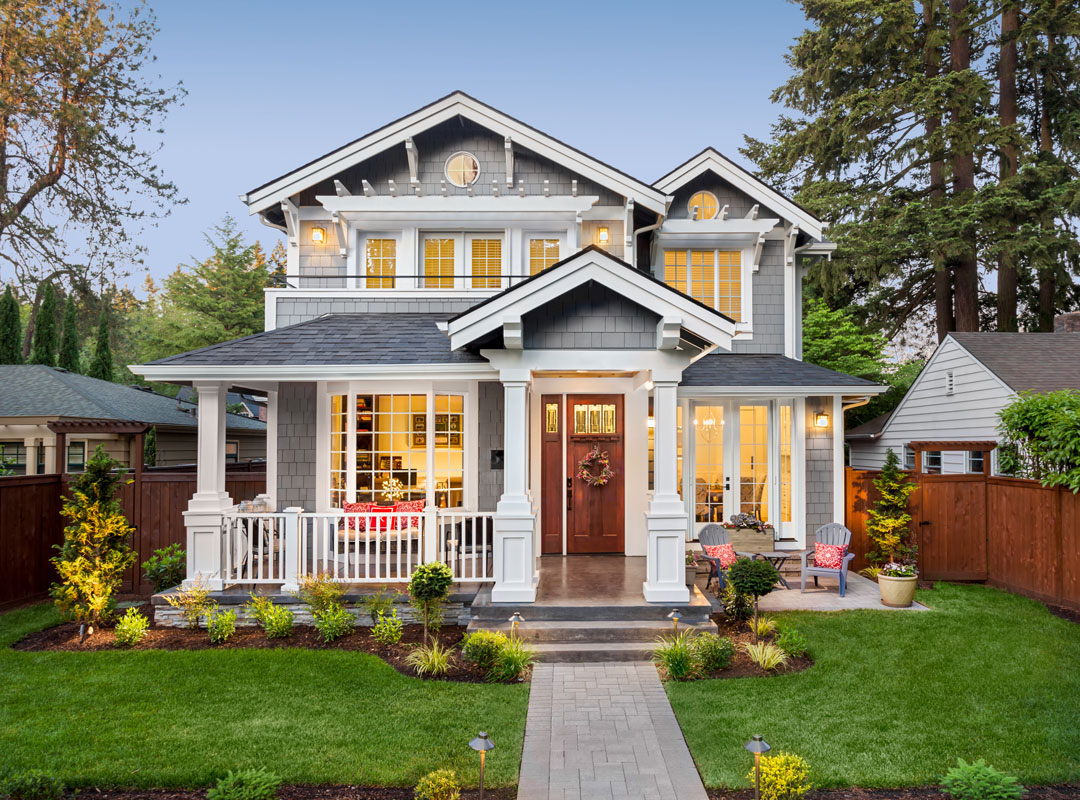
How to Make Important Decisions When Building Your New Home
Building a custom home is an exciting journey, filled with endless possibilities and the chance to create your dream living space. But amidst the excitement, there are also critical decisions that need to be made along the way. From choosing the right design, materials, and finishes, to navigating the complexities of permits and budgets, the decision-making process can often feel overwhelming.
Table of Contents
ToggleUnderstanding Your Needs and Wants
The first step in the decision-making process for your custom home build is understanding your needs and wants. This involves taking the time to assess your lifestyle, preferences, and future goals. Consider how you use your current space and what aspects you would like to improve or change. Do you need a home office, a dedicated play area for kids, or a spacious kitchen for entertaining? Take into account the number of bedrooms and bathrooms you require. Don’t forget to consider your outdoor space too. If for example you’ve got a large backyard, you might decide you want a custom pool fitted by Premier Pools & Spas inground pool contractors so that you’ve got a place to cool down in the summer. By thinking of things like this ahead of time you can have everything exactly how you want it when the project is completed, instead of having an additional lead time to get the amenities you want fitted. Additionally, by clearly defining your needs and wants, you can ensure that the design and layout of your custom home will meet your requirements and enhance your daily life.
Setting a Realistic Budget
Once you have a clear understanding of your needs and wants, it’s essential to set a realistic budget for your custom home build. Building a home involves various costs, including land acquisition, construction materials, labor, permits, and finishing touches. It’s important to keep in mind that some things you want may cost more than their alternative, and it’s important to ask your contractor questions like “Is a metal roof cheaper than shingles?”
Determine how much you are willing and able to invest in your custom home, and factor in additional expenses for unexpected contingencies. It’s crucial to be realistic about your budget to avoid financial strain during the construction process. Working with a reputable builder and financial advisor can help you create a budget that aligns with your vision while ensuring that you stay within your means.
Choosing the Right Location for Your Custom Home
Location is another crucial decision when building a custom home. Consider factors such as proximity to schools, work, amenities, and transportation. Think about the neighborhood and community you want to be a part of, as well as the overall ambiance and surroundings. Research the availability of utilities and infrastructure in the area to ensure that your custom home build will be feasible. By choosing the right location, you can enhance your daily life and increase the value of your investment.
Selecting the Right Builder for Your Project
Choosing the right builder is perhaps one of the most important decisions you will make for your custom home build. Look for builders like McArthur Homes who have a solid reputation and a track record of numerous successful projects. Consider their experience, expertise, and the quality of their workmanship. Additionally, check for any certifications or affiliations that demonstrate their commitment to professionalism and industry standards. It’s helpful to use a builder local to you as they should have the relevant contacts for the area alongside the knowledge of relevant building regulations that may apply to you. You can search ‘Affordable Home builder cincinnati‘ (or elsewhere relevant), take the time to review a builder’s portfolio and visit homes they have built to get a sense of their style and attention to detail. Building a custom home is a significant undertaking, and having the right builder by your side can make all the difference in the success of your project.
Designing Your Custom Home: Considerations and Options
Designing your custom home is where your vision truly comes to life. Work closely with your builder and an architect or designer to create a design that reflects your style and meets your needs. Consider the architectural style, layout, and flow of your home. Think about the placement of rooms, windows, and doors to optimize natural light and views. Explore different design options, such as open-concept living spaces, vaulted ceilings, or outdoor living areas. Don’t forget to consider the future needs of your family, such as potential expansion or aging in place. The design stage is an exciting opportunity to personalize your home and make it truly unique.
Making Decisions on Materials and Finishes
Choosing the right materials and finishes for your custom home build is an important decision that will impact both the aesthetics and functionality of your space. Consider the durability, maintenance, and sustainability of materials. Research different types of flooring, countertops, cabinetry, and fixtures to find options that align with your style and budget. Keep in mind that some materials may require more maintenance or have a shorter lifespan than others. Your builder can provide guidance and recommendations based on their experience and knowledge of the industry. By carefully selecting materials and finishes, you can create a home that is not only beautiful but also built to last.
Deciding on the Layout and Floor Plan of Your Custom Home
The layout and floor plan of your custom home plays a significant role in how you and your family will interact and use the space. Consider the flow between rooms and how they connect to outdoor areas. Think about the placement of bedrooms, bathrooms, and common areas to ensure privacy and functionality. Take into account any specific needs or preferences you have, such as a home office, a dedicated laundry room, or a mudroom. If you’re not sure where to start, custom home builders floor plans are available for you to look at. It’s often easier to look through a set of existing plans and decide your specific needs than if you were to start with an empty page. Work closely with your builder and designer to create a layout that maximizes the potential of your custom home and aligns with your lifestyle.
Navigating the Permit and Approval Process
Navigating the permit and approval process is an important step in building your custom home. Depending on your location, there may be specific requirements and regulations that need to be followed. Your builder can help you navigate the process and ensure that all necessary permits and approvals are obtained. It’s essential to factor in the time and cost associated with permits when planning your construction timeline and budget. By staying informed and working closely with your builder, you can ensure a smooth and efficient permit and approval process.
Managing the Construction Timeline and Progress
Managing the construction timeline and progress of your custom home build requires effective communication and coordination. Regularly communicate with your builder to stay updated on the progress of your project and address any concerns or issues that may arise. Understand that construction timelines can be subject to delays due to weather conditions or unforeseen circumstances. Flexibility and patience are key during this phase of the decision-making process. Trust in the expertise and experience of your builder to manage and oversee the construction of your custom home.
Making Final Decisions and Finishing Touches
As your custom home build nears completion, it’s time to make final decisions and add the finishing touches that will truly make it your own. This includes selecting paint colors, light fixtures, hardware, and other details that will enhance the overall look and feel of your home. Consider the style and mood you want to create in each room. Don’t be afraid to get creative and incorporate unique elements that reflect your personality and taste. Your builder can provide guidance and recommendations to help you make the final decisions that will bring your custom home to life.
Tips for Making the Decision-Making Process Smoother
Building a custom home is a complex process, but there are tips and strategies that can help make the decision-making process smoother. First and foremost, do your research and gather as much information as possible. Educate yourself about the different options and considerations involved in building a custom home. Seek advice from professionals, such as builders, architects, and designers, who can provide valuable insights and guidance. Additionally, clearly communicate your needs and expectations to your builder and other stakeholders involved in the project.
Effective communication is key to ensuring that everyone is on the same page and working towards a common goal. Finally, trust your instincts and listen to your gut. Building a custom home is a personal journey, and ultimately, the decisions you make should align with your vision and bring you joy and satisfaction.
Conclusion
Building a custom home is an exciting and rewarding experience, but it also involves crucial choices that will shape your living space for years to come. By understanding your needs and wants, setting a realistic budget, choosing the right location, and working with a reputable builder, you can navigate the decision-making process with confidence. Designing your custom home, making decisions on materials and finishes, and deciding on the layout and floor plan are all opportunities to personalize your space and create a home that is uniquely yours.
Navigating the permit and approval process, managing the construction timeline, and making final decisions and finishing touches require effective communication and coordination. By following the tips and strategies outlined in this article, you can make the decision-making process smoother and more enjoyable.


